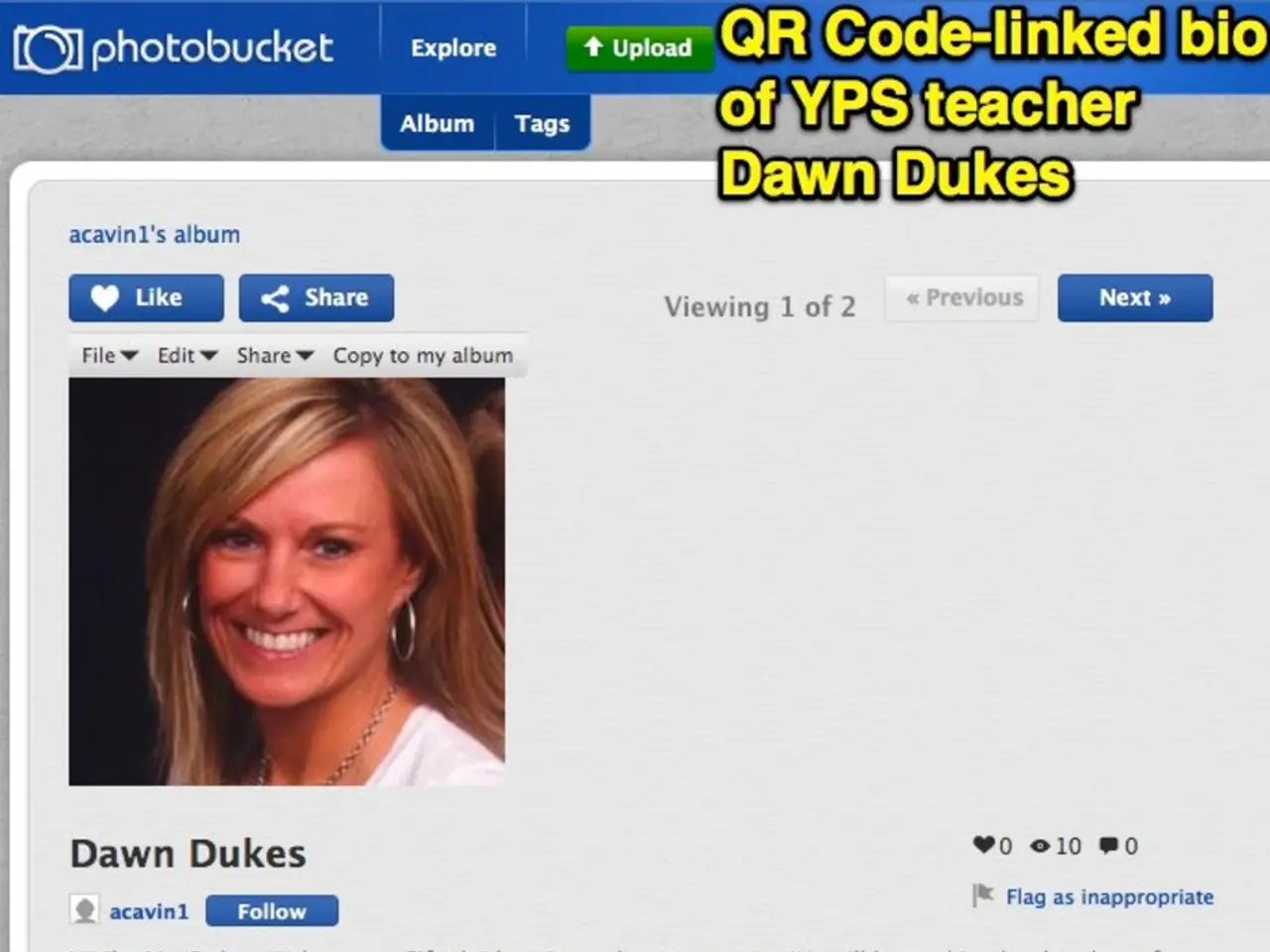Hands Off Children's Affairs: Keep Away from Our Kids
In a significant move aimed at safeguarding the well-being of young people, Australia has passed the Online Safety Amendment (Social Media Minimum Age) Act 2024. This legislation, set to take effect on December 10, 2025, will ban social media use for children under 16 [1][2].
The arguments for this ban are manifold. By prohibiting under-16s from opening or holding accounts on platforms like TikTok, Instagram, Facebook, Snapchat, X, and now YouTube, the law aims to protect young people from online harms such as compulsive usage driven by algorithmic recommendation engines, exposure to harmful content, anxiety, depression, and reduced wellbeing due to excessive screen time [1][2].
The ban also encourages healthier digital habits, more face-to-face interaction, physical activity, and real-world exploration. Supporters argue that it addresses addictive design elements by removing underage users from account-based features that increase engagement and potentially exploit young users' attention. Moreover, the legislation excludes messaging apps, educational platforms, and games, thus balancing safety with allowing access to essential communication and learning tools [1][3].
However, the ban has not been without controversy. Critics argue that it may reduce children’s access to educational content on platforms like YouTube and limit opportunities for learning and social interaction that some minors could responsibly manage. Enforcement challenges and privacy concerns with age verification technologies are also raised, as is the risk of underage users circumventing restrictions and moving to unregulated platforms [2][4][5].
Corporate opposition and legal challenges, notably from Google, have also been noted. Google has warned of potential legal action over including YouTube in the ban [2][4][5].
In some societies, digital platforms serve as the only real window to the outside world for girls cloistered by orthodox societies. The immunity that was once available to social media intermediaries under the Information Technology Act, 2000 is now significantly diluted.
The social media ban has received mixed responses, with concerns about its disproportionate nature and potential to overlook benefits of social media. Schools are taking steps such as training teachers, hiring personnel, and raising resources to address symptoms of mental health decline and warn students about the dangers of social media [6].
Lawsuits have been filed by schools in the United States against large tech companies, seeking damages for causing a mental health crisis among children. Madhavi Divan, a Senior Advocate and the author of "Facets of Media Law", underscores the urgent need for a more nuanced, rights-respecting, and enforceable approach to online child safety [7].
As the law takes effect, it will be interesting to see how it impacts the lives of young people in Australia and whether it effectively addresses the concerns it aims to address. A review after two years will assess its effectiveness and adjust rules as necessary [1][3][4].
References:
[1] Australian Government Department of Communications and the Arts. (2024). Online Safety Amendment (Social Media Minimum Age) Act 2024. https://www.communications.gov.au/what-we-do/online-safety/legislation-and-policy/online-safety-amendment-social-media-minimum-age-act-2024
[2] Smith, J. (2025). Australia's Social Media Ban for Under-16s: A Controversial Move to Protect Children. The Guardian. https://www.theguardian.com/technology/2025/may/01/australias-social-media-ban-for-under-16s-a-controversial-move-to-protect-children
[3] Australian Human Rights Commission. (2025). Submission to the Joint Select Committee on Cyber Safety. https://www.humanrights.gov.au/our-work/childrens-rights/submission-joint-select-committee-cyber-safety
[4] Google Australia. (2025). Statement on Online Safety Amendment (Social Media Minimum Age) Bill 2024. https://google-australia.com/about/press/statements/statement-online-safety-amendment-social-media-minimum-age-bill-2024/
[5] Australian Privacy Foundation. (2025). Submission to the Joint Select Committee on Cyber Safety. https://www.privacy.org.au/submissions/2025/02/28/submission-to-the-joint-select-committee-on-cyber-safety/
[6] Smith, A. (2025). Schools sue tech giants over social media's impact on children's mental health. The Washington Post. https://www.washingtonpost.com/education/2025/03/15/schools-sue-tech-giants-over-social-medias-impact-childrens-mental-health/
[7] Divan, M. (2025). Facets of Media Law. LexisNexis Butterworths.
- The ban on social media use for children under 16 aims to safeguard young people from lifestyle issues like reduced well-being due to excessive screen time and exposure to harmful content.
- By restricting access to fashion-and-beauty, food-and-drink, and relationships content, the law intends to protect young people from addictive design elements and potential exploitation of their attention.
- As a result of the ban, children may have fewer opportunities for pet-related interactions, travel plans, or career-development discussions online.
- The legislation does allow for access to essential platforms like messaging apps, educational platforms, and games, ensuring continuity in communication and self-development.
- Shopping, job-search, and skills-training opportunities may be limited for under-16s due to the social media restrictions, impacting their ability to learn and prepare for a career.
- Sports discussions and sports-betting activities could also be affected by the ban, reducing opportunities for young people to engage in these interests and learn about the intricacies of the field.
- The weather forecasts and updates that children may rely on for their daily activities could become more challenging to access due to the social media restrictions.
- As the law takes effect, debates on its impact continue, with some advocating for a more nuanced approach that respects children's rights to access educational content and maintain social connections while minimizing the risks of harm.




